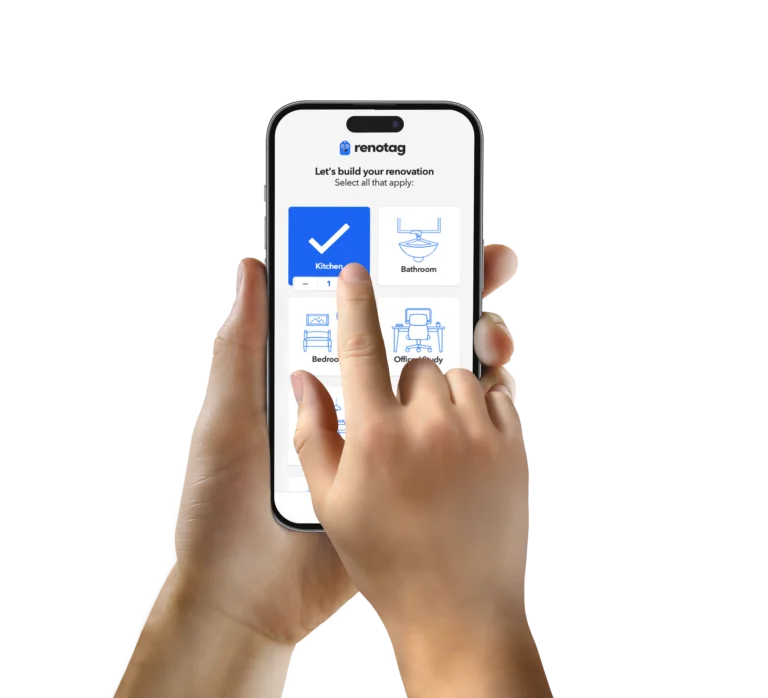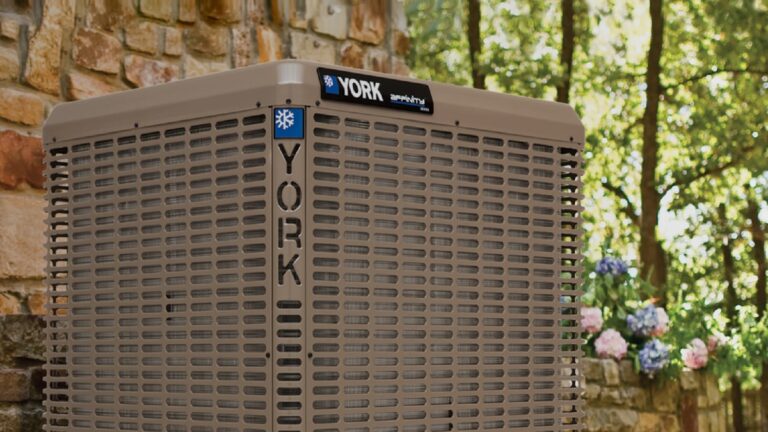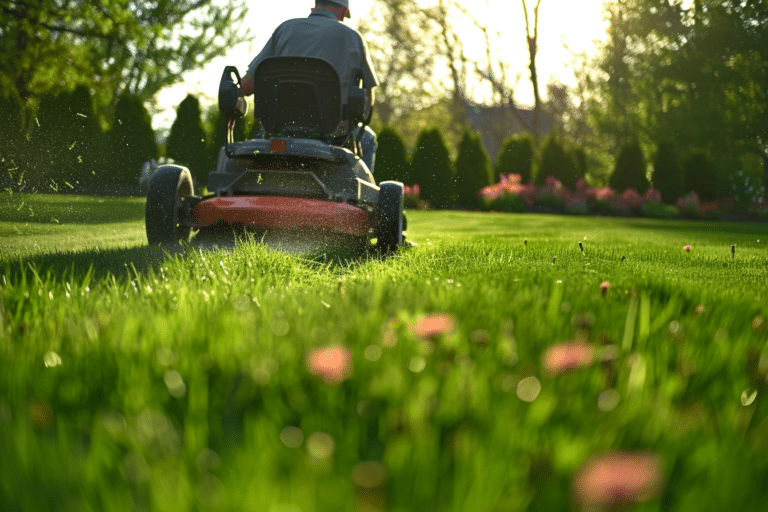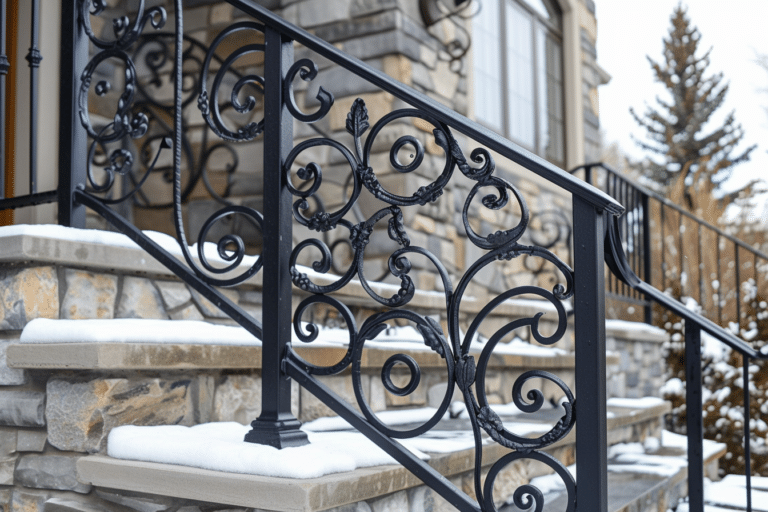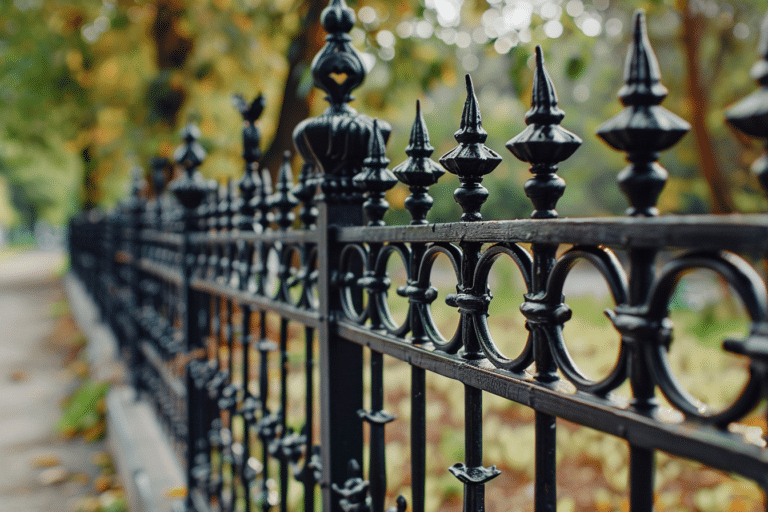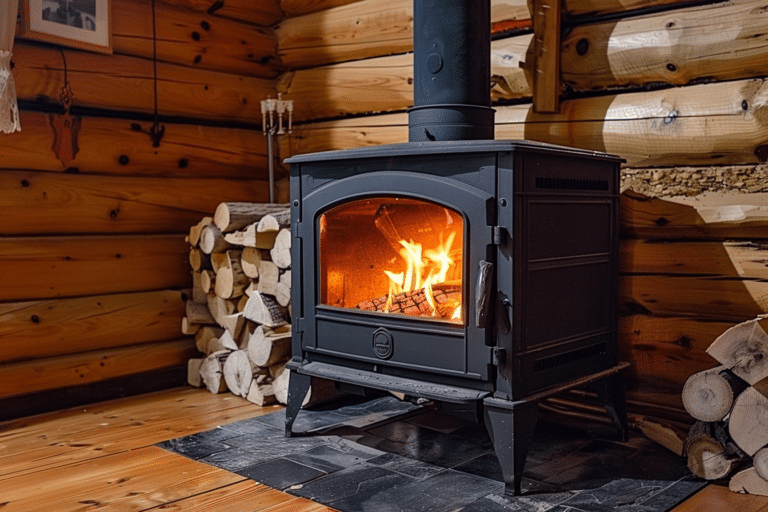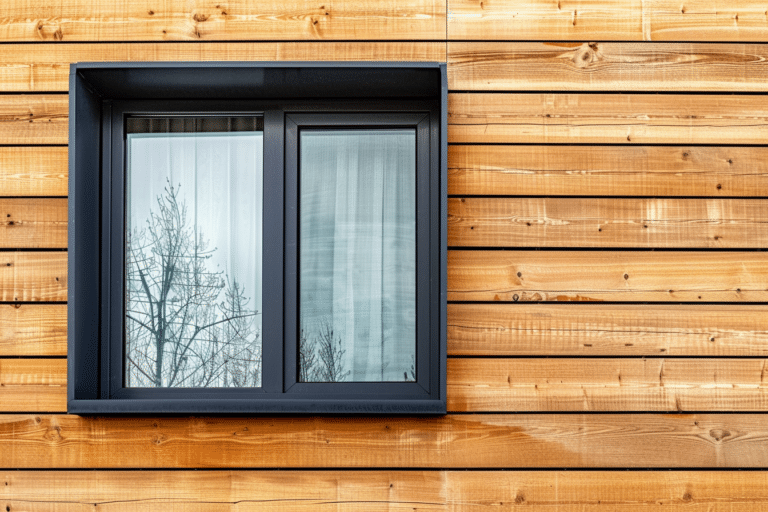Key Takeaways
| Aspect | Details |
|---|---|
| Under-Sink RO System Cost | $300 – $950 installed |
| Whole-House RO System Cost | $4,800 – $8,000 installed |
| Portable/Countertop RO System | $200 – $450 installed |
| Under-Sink System (with tank) | $300 – $700 installed |
| Under-Sink System (tankless) | $450 – $950 installed |
| Large or Commercial RO System | $1,800 – $9,500 installed |
| Maintenance Costs | Variable based on system and usage |
| Installation Costs | Labor and material costs vary by system type; $150 – $350 for under-sink systems, $300 – $500 for whole-house systems |
Reverse Osmosis System Cost
Reverse osmosis (RO) systems are a popular choice for ensuring clean and safe drinking water. The cost of an RO system can vary based on several factors, including the type of system, unit size, and installation requirements.
$300 – $950 Under-Sink RO System Cost Installed
For under-sink RO systems, the overall cost typically includes both the unit price and the installation. An under-sink RO system can range between $300 and $950, including installation.
$4,800 – $8,000 Whole-House RO System Cost Installed
Whole-house RO systems are more expensive, with costs ranging from $4,800 to $8,000 for both the unit and installation. These systems are designed to purify water for the entire house, not just individual faucets.
Reverse Osmosis System Cost
| System Type | Average Cost Installed |
|---|---|
| Portable / Countertop RO System | $200 – $450 |
| Whole-House RO System | $4,800 – $8,000 |
| Under-Sink (with tank) | $300 – $700 |
| Under-Sink (tankless) | $450 – $950 |
| Large or Commercial RO System | $1,800 – $9,500 |
Whole-House Reverse Osmosis System Cost
Whole-house RO systems are designed to handle large volumes of water purification, hence their higher costs. Here is a more detailed breakdown:
| Unit Size (Gallons per Day) | Average Unit Price | Total Installed Cost |
|---|---|---|
| 500 | $4,500 – $6,500 | $4,800 – $7,000 |
| 1,000 | $5,000 – $7,000 | $5,300 – $7,500 |
| 1,500 | $5,500 – $7,500 | $5,800 – $8,000 |
Whole-house systems are particularly beneficial for homes with hard water or those aiming to ensure all water sources—including showers and laundry—are purified.
Under-Sink Reverse Osmosis System Cost
Under-sink systems are more affordable and cater to specific points of use, typically installed under the kitchen sink.
| System | Average Unit Price | Total Installed Cost |
|---|---|---|
| Tank (50 – 400 Gallons per Day) | $150 – $350 | $300 – $700 |
| Tankless (400 – 1,200 Gallons per Day) | $300 – $600 | $450 – $950 |
Both tank and tankless systems provide high-quality water purification but vary in capacity and cost.
Large Or Commercial Reverse Osmosis System Cost
Commercial RO systems are used in larger settings, such as businesses or large residential complexes. The cost for these systems can range widely based on their capacity and additional features.
RO System Prices By Brand
Different brands offer a variety of RO systems, each with different price points:
| Brand | Material Price Only* |
|---|---|
| Culligan | $1,000 – $1,500 |
| GE Pro Elite | $150 – $230 |
| ISpring | $200 – $600 |
| EcoPure | $150 – $250 |
| Home Master | $200 – $600 |
| Express Water | $150 – $300 |
| Aquasana | $200 – $250 |
| Brondell | $250 – $450 |
| Whirlpool | $150 – $200 |
| Ero 375 | $700 – $900 |
Culligan Reverse Osmosis System Cost
Culligan is one of the most recognized brands in the industry, offering high-quality systems that tend to be on the higher end of the price spectrum.
Reverse Osmosis System Installation Cost
The cost to install an RO system includes both the price of the unit and labor costs:
| Factor | Whole-House System Cost | Under-Sink System Cost |
|---|---|---|
| RO System & Materials | $4,500 – $7,500 | $150 – $600 |
| Labor Cost to Install | $300 – $500 | $150 – $350 |
| Total Cost | $4,800 – $8,000 | $300 – $950 |
Reverse Osmosis Filters Cost
The filter elements of an RO system need to be replaced regularly. The cost of filters can vary, typically ranging from $20 to $200, depending on the type and brand of the filter.
Reverse Osmosis Water Cost Per Gallon
The operational cost for a reverse osmosis system includes the cost per gallon of water produced. On average, producing one gallon of RO water costs between $0.02 and $0.05. This makes it significantly cheaper than purchasing bottled water.
Pros And Cons Of Reverse Osmosis
Like any water filtration system, reverse osmosis has its pros and cons:
| Pros | Cons |
|---|---|
| Cheaper than bottled water | High initial costs |
| Improves water scent & taste | Produces more wastewater than filtered water |
| Removes 99.99% of total dissolved solid (TDS) | Regular filter replacement needed |
| More environmentally friendly than bottled water | Extra water-softener attachment required with very hard water |
| Compact-sized filter system | Wait times for refilling tank after heavy use |
| Many installation methods & units | Removes all minerals from water, including healthy ones |
Reverse Osmosis FAQs
How Much Does A Reverse Osmosis System Cost To Maintain And Operate?
The cost of maintaining and operating an RO system depends on factors such as filter replacement frequency and water consumption. Generally, annual maintenance costs range from $50 to $200.
Is Reverse Osmosis Worth The Cost?
For many, the investment in a reverse osmosis system is worth it due to the improved water quality and taste, as well as the removal of harmful contaminants.
What Does A Reverse Osmosis System Remove?
Reverse osmosis systems are highly effective at removing a broad range of contaminants:
| Chemicals | Heavy Metals | Bacteria & Viruses | Minerals |
|---|---|---|---|
| PFAs & PFOAs | Arsenic | E. Coli | Calcium |
| Chlorine | Chromium | Campylobacter | Magnesium |
| Perchlorates | Copper | Salmonella | Salt |
| Pesticides | Chromium | Shigella | Potassium |
| Pharmaceuticals | Iron | Selenium | |
| Lead | Sulfate | ||
| Mercury | Zinc | ||
| Manganese | |||
| Fluoride | |||
| Nickel | |||
| Nitrates | |||
| Radium | |||
| Phosphorus |
Getting Estimates And Hiring RO Installers
When considering the implementation of a reverse osmosis system, it’s essential to get multiple estimates and hire a qualified installer. Here are some key points to keep in mind:
Questions To Ask
- What is the total cost for installation and materials?
- How often do the filters need to be replaced?
- What contaminants does the system remove?
- Is there a warranty for the system and installation?
- Are there any additional maintenance costs?
Ensuring you ask these questions can help you make an informed decision and find the best RO system for your needs.
